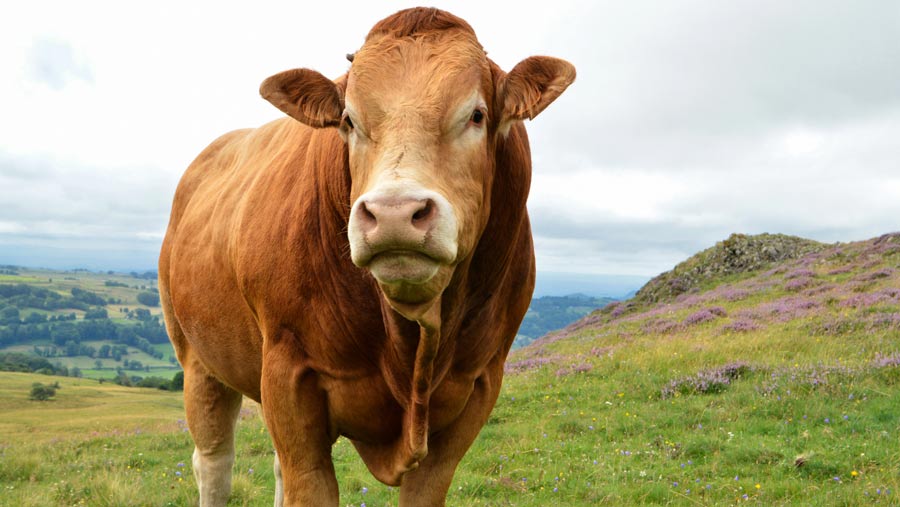BCMS data mined for three maternal beef EBVs
 © jpr03/Adobe Stock
© jpr03/Adobe Stock Three maternal traits have been produced from real-life commercial data to assist beef breeders in improving efficiency and profit.
AHDB will now publish the new traits in the National Beef Evaluation (NBE). They are:
- Age at first calving: Birth date and first calf birth date recorded on the British Cattle Movement Service (BCMS)
- Productive lifespan: The number of parities had up until six-and-a-half years old or death
- Calf survival: Based on whether a calf is dead or alive at 10 months from BCMS records
See also: How to select a sire for your suckler herd using EBVs
The new traits will run alongside Signet data and complement Breedplan figures with a link through to animal’s results. Limousin breeders can access this through Taurus.
This adds to the genetic evaluation drawn from commercial carcass traits in beef cattle using abattoir data from processors.
The five commercial carcass traits are: days to slaughter; carcass weight; carcass conformation; carcass fat class and average daily carcass gain.
Low heritability
Dr Alex Brown, senior beef breeding and genetics manager at AHDB, said the heritability on the traits was low, but still had a genetic component.
“Calf survival, productive lifespan and age at first calving are about 4%, 6%, and 11% heritable respectively, so it’s much lower than some carcass traits, which can be 40-odd %.
“And while management affects these maternal traits hugely, there is a genetic component, and once this is bred for it is permanent – it is in the bank.”
Don’t just blame the cow
Neil Shand, chief executive officer of the National Beef Association, welcomed the new data but cautioned farmers that BCMS data was just one side of the story.
“The other side is the bull,” said Mr Shand. “One concern in the beef sector is that the cow gets a lot of blame for stuff that really isn’t her fault. How much can be down to bull infertility?”
“Each year there are about 250,000 cows that do not rear a calf – some will undoubtedly be due to bulls not working.”
However, he stressed that calf survival and age at first calving were massive data points for the industry and very valuable key performance indicators.
